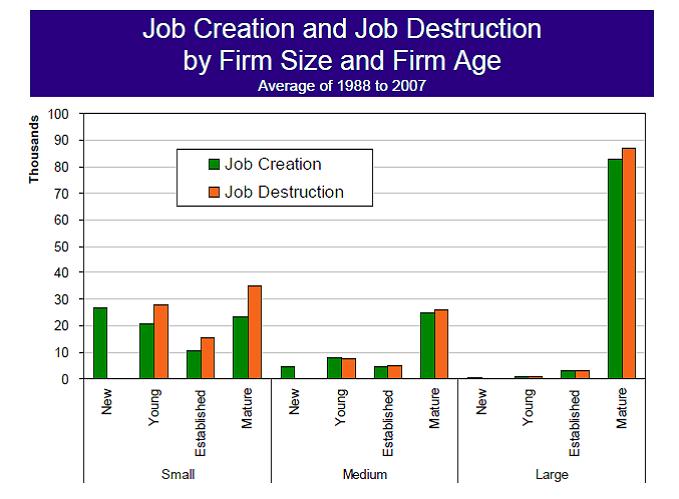State’s Mature Firms Are Key to Job Growth, Study Finds
/Because new firms, by definition, can’t “destroy” jobs, only create them, analysis of “job creation” often skews towards new rather than mature firms. But an analysis by economist Manisha Srivastava of the state Department of Labor, writing in The Connecticut Economic Digest, suggests that when one looks a gross, rather than net, job creation - it is the mature companies that lead the way. In fact, Connecticut has outperformed the national average in gross job creation by mature c ompanies during the past two decades (through 2007). The research and analysis, presented at a state data conference, suggests that state policy should focus on “helping firms destroy less jobs” as well as assisting them in creating new jobs.
Reviewing two decades of data, the study found that Connecticut is six percentage points above the national average on job creation from mature firms – and that most job creation comes from mature firms. Mature firms are defined as those that have been in business for at least 11 years.
ompanies during the past two decades (through 2007). The research and analysis, presented at a state data conference, suggests that state policy should focus on “helping firms destroy less jobs” as well as assisting them in creating new jobs.
Reviewing two decades of data, the study found that Connecticut is six percentage points above the national average on job creation from mature firms – and that most job creation comes from mature firms. Mature firms are defined as those that have been in business for at least 11 years.
“Connecticut created about 4.35 million jobs between 1988 and 2007. An almost equivalent number of jobs were also destroyed during the time period,“ the study noted. But that said, the number of jobs created by mature firms – and thus “the number of employment opportunities for individuals seeking jobs, mature firms outweighed the availability of jobs from firms of all other categories, including small businesses.”
The answer to the question who creates jobs “will change depending on how the question is framed,” the report concluded. “If the desired metric is net job creation, than new firms create the most jobs. If the question is simply job creation, then mature firms create the most.” If a greater percentage of those jobs can be retained, since the numbers are far larger, the impact will likely be as well.
A series of charts and graphs highlighting the report appeared in The Connecticut Economic Digest in May.





























